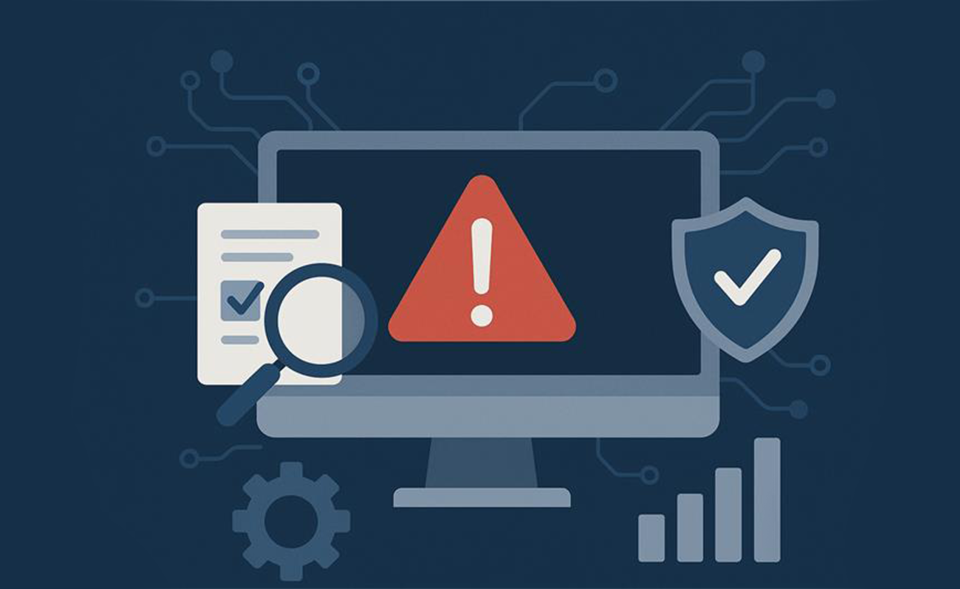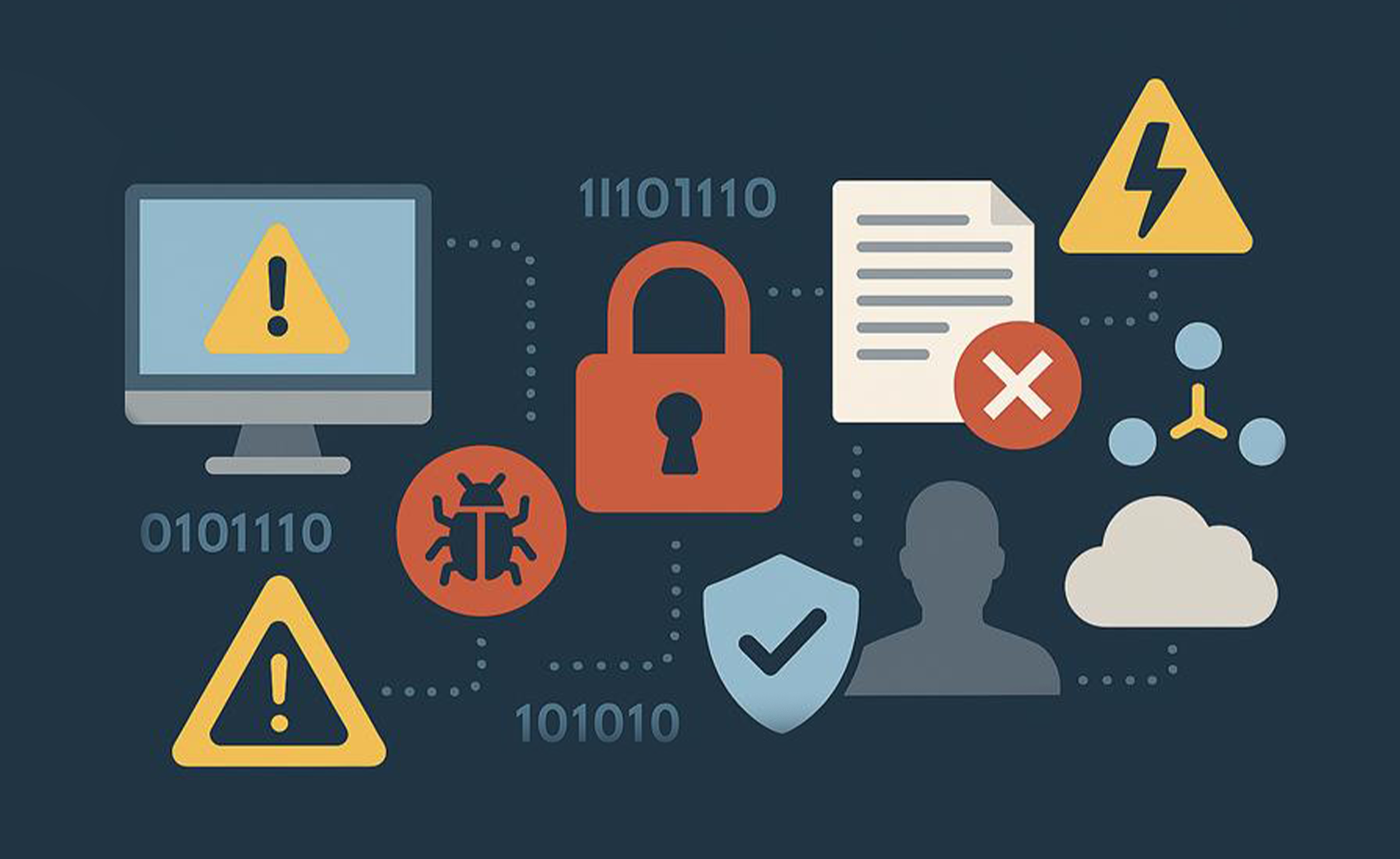The most important thing in brief:
- What is IT risk management? : Strategic and operational measures to identify, evaluate and manage risks in IT systems.
- Why is it necessary? : Protection against cyber attacks, compliance with legal requirements and security of business processes.
- How is it implemented? : Through structured inventory, risk assessment, appropriate measures and continuous monitoring.

What is IT risk management?
IT risk management comprises all strategic and operational measures for identifying, evaluating and managing risks in information and communication technology. The aim is to identify potential threats at an early stage and to initiate appropriate protective measures.
Core elements:
- Risk inventory: Recording of all relevant IT systems and processes.
- Risk assessment: Assessment of probability of occurrence and amount of damage.
- Risk treatment: Defining measures to prevent, mitigate, transfer or accept risks.
- Monitoring: Continuous monitoring and adjustment of the risk strategy.
Why is IT risk management necessary?
Increasing digitization, complex IT infrastructures and increasing cyber threats make structured risk management indispensable.
Key reasons:
- cybercrime: Attacks such as phishing, ransomware and DDoS attacks are constantly increasing.
- Statutory requirements: Depending on the sector, there are special requirements, such as:
- GDPR (General Data Protection Regulation)
- IT Security Act 2.0
- KRITIS regulation
- Financial risks: IT outages can cause significant revenue losses.
- Reputation protection: A security incident can permanently damage the trust of customers and partners.
Practical example from IT
A medium-sized company, which mostly works digitally, falls victim to a ransomware attack overnight. Within a few hours, customer data, production plans and internal communication are encrypted. The company is standing still, delivery deadlines cannot be met, and the image damage is enormous. The reason: There was no structured IT risk management. If there had been a well-thought-out risk analysis and appropriate measures, the incident would probably have been easier.
This example shows that IT risk management is not a “nice-to-have” but a crucial component for the security and sustainability of every organization.
Implementing effective IT risk management
The introduction of professional IT risk management involves several steps:
1. Inventory of the IT landscape
Capture all IT components, applications, user rights, and interfaces. inventorying with Docusnap, we offer an automated and agentless solution that provides up-to-date overviews at any time.
2. Risk identification
Analyze potential threats such as hardware failures, software failures, human error, or external attacks.
3. Risk assessment
Evaluate risks in terms of probability of occurrence and impact. This creates a clear prioritization.
4. Risk treatment
Define specific measures, such as security updates, backups, training, or outsourcing of IT services.
5. Continuous monitoring
Use monitoring tools and recurring audits to keep protection status up to date.
Key success factors
- Holistic Approach: Take technical, organizational and personnel aspects into account.
- Management commitment: Without management support, the project usually fails.
- Staff awareness: IT security and compliance training is essential.
- documentation: Complete evidence is important for audits and compliance requirements.
Benefits of Docusnap in IT Risk Management
Efficient IT risk management depends on the quality of information about your own IT landscape. Docusnap provides decisive advantages here:
- Automated IT inventory: All systems, applications, and permissions are captured and updated without agents.
- Permission analysis: Critical access rights are presented transparently, risks are identified at an early stage.
- Documentation & reports: Customizable reports facilitate internal reconciliations and external audits.
- license management: Sub-licensing or over-licensing, which leads to financial risks, is avoided.
For more information, see the feature descriptions for Documentation & reports and license management.
Conclusion
IT risk management is not only a mandatory task for companies with high security requirements, but an essential part of modern corporate governance. It helps to identify threats and it risks before they become a problem and ensures future viability in an increasingly digital world.
With Docusnap A powerful tool is available to you that provides all necessary information for well-founded decisions and efficiently supports the implementation of your risk management strategy.
Next steps
Start with an inventory of your IT infrastructure and identify the relevant areas of documentation, such as network diagrams, user rights, or operating manuals. Docusnap supports you with functions for automated inventory, analysis and documentation in just a few clicks. Use the free 30-day trial version to get started with structured IT documentation right away.
Try now for free


